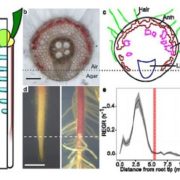
Growth is required for perception of water availability to pattern plant root branches
Plant Science Research Weekly, Research0 Comments
/
Plant roots develop on a very heterogeneous environment surrounded by a myriad of environmental clues that can change at different spatiotemporal scales. The ability of roots to sense and respond to these clues is fundamental to ensure an efficient exploration of the rhizosphere. In this paper, Robbins…
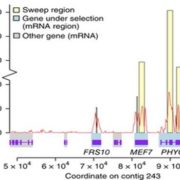
Silver birch: genome sequence and population genomic analyses
Plant Science Research Weekly, ResearchSalojärvi et al. have assembled the genome of silver birch (Betula pendula) and examined genomic diversity across 150 individuals collected from across Northern Europe and Asia. Their study shows that there have been several genetic bottlenecks associated with climate upheaval (e.g., at the K-Pg boundary…

Review: Invasion science: A Horizon Scan of emerging challenges and opportunities ($)
Plant Science Research Weekly, ResearchRicciardi et al. describe the conclusions from a “horizon scanning” workshop set up “to identify emerging scientific, technological, and sociopolitical issues that are likely to affect how invasion processes and dynamics are studied and managed within the next 20 years.” Key concerns include…
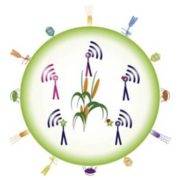
Review: Transfer and engineering of immune receptors to improve recognition capacities in crops
Plant Science Research Weekly, ResearchCell-surface localized immune receptors are one of the ways that plants detect pathogens. Traditionally, these receptors have been introgressed from resistant to susceptible varieties through classical breeding. More recently, it has become possible to use genetic engineering methods to move immune receptor…
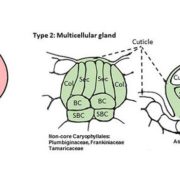
Review: Making plants break a sweat: the structure, function, and evolution of plant salt glands
Plant Science Research Weekly, ResearchMany agricultural lands are becoming saltier as a consequence of irrigation and sea water incursion, yet most crops are very sensitive to salt. Salt glands that accumulate and secrete salt have evolved independently at least 12 times in plants. Dassanayake and Larkin review the structure, function and…
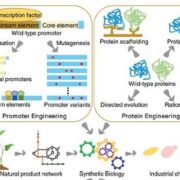
Review: Synthetic biology approaches for the production of plant metabolites in unicellular organisms ($)
Plant Science Research Weekly, ResearchThe excellent review by Moses et al. starts by defining the oft-confused terms metabolite engineering and systems biology. Although systems biology can contribute to the former, it is distinguished by the use of “defined ‘parts’ that are easily combined and exchanged, using standardized workflows…
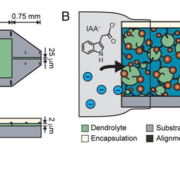
Regulating plant physiology with organic electronics
Plant Science Research Weekly, ResearchMany insights about hormone function have come from “spray and pray” studies, but generally the precision of application of the hormone limits their value. Poxson et al. describe an adaption of an organic electronic ionic pump (OEIP; developed originally for studies of mammalian cells) for introducing…
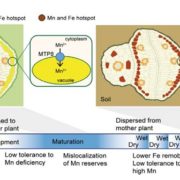
Metal Tolerance Protein 8 mediates Mn and Fe homeostasis in seeds
Plant Science Research Weekly, ResearchPlants and seeds are the main dietary source of essential micronutrients in the food chain. The processes regulating transport of micronutrients to and within seeds are critical for germination and enrichment of seeds. Metal transport protein 8 (MTP8) has been characterized as a tonoplast Mn transporter…
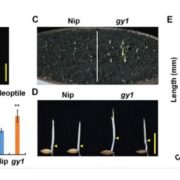
Ethylene-inhibited jasmonic acid biosynthesis promotes elongation of etiolated rice seedlings
Plant Science Research Weekly, ResearchDuring germination, the rice shoot is protected by the coleoptile, which is a highly light and hormone-sensitive tissue. While searching for genes involved in ethylene responses, Xiong et al. identified a mutant with an elongated coleoptile, in which the subtending mesocotyl is also elongated; they named…

